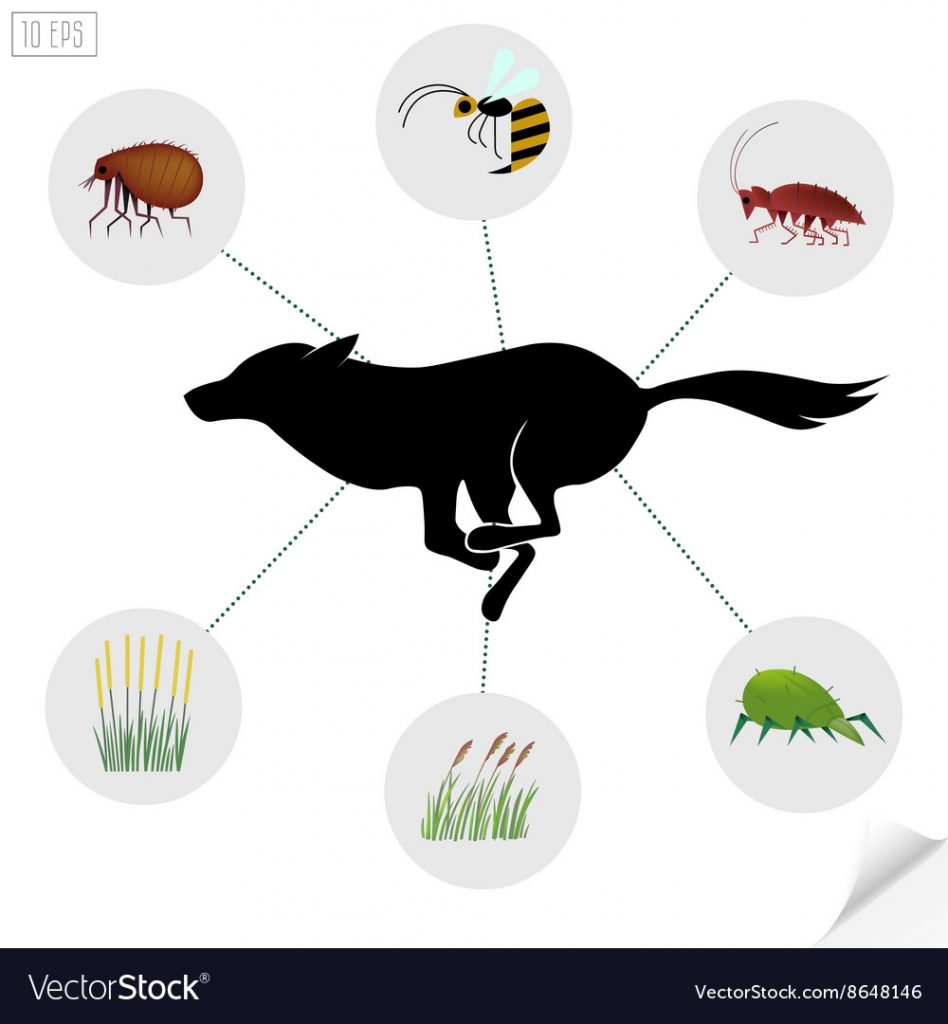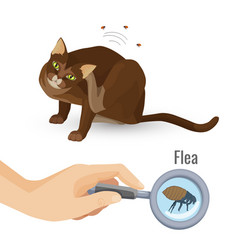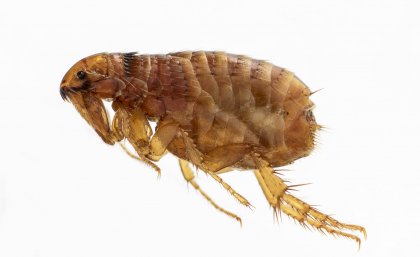All Parasites in Dogs and Cats
Oftentimes people forget that dogs and cats also come with their individual flesh and blood. As a pet parent, it is crucial to pay heed to the bodily changes of our pets. Just like a human body, the bodies of our pets also demand certain precautions. A pet parent must keep in check the physical health of their pets. This is why all the parasites in dogs and cats cannot be ignored.
The bodies of dogs and cats can get affected by parasites. Some parasites, if left untreated, can transmit infections and diseases even to your family. For instance, all parasites in dogs and cats include zoonotic disease which can transfer directly or indirectly from animals to humans.
Fleas and ticks can become lethal for your pet since fleas and ticks can transmit various diseases. Fleas are external parasites in both cats and dogs. The external parasite symptom of Fleas is excessive itching in your pet. Tiny brown fleas in your pet’s coat is also an external parasite symptom.

While Ticks get attached to your pet’s skin and feed on their blood. Lyme and Rocky Mountain spotted fever can be transmitted after tick biting.
Moreover, Vector-borne diseases can be transmitted by fleas or ticks among other parasites that infest dogs and cats. They cannot only affect pets but also people.
Ticks can become the cause of a large number of “vector-borne” diseases in North America. The diseases can include ehrlichiosis, Lyme disease, relapsing fever, Rocky Mountain spotted fever and tularemia. This is why it is crucial to pay attention to the external and internal parasites residing in your pet’s body.
The most common parasites in dogs and cats are Roundworms (Ascarids), Hookworms, Whipworms, Tapeworms, Coccidia, Giardia, Physaloptera (stomach worms). These parasites are common intestinal parasites. Intestinal parasites are common in dogs and cats.
Roundworms (Ascarids)
Roundworms can infect both dogs and cats. Dogs and cats get it by ingesting soil/feces contaminated by eggs and larvae or by eating infected rodents, birds and insects.
Oftentimes, puppies and kittens get infected by the mother while still in the uterus. Nursing can also become a mode of transmission. Diagnosis is possible by finding eggs with microscopic exam of the feces. Or it is possible by seeing adult worms voided in the feces or vomit.
Larval forms can make way through the lungs and can cause verminous pneumonia. It is known that adult roundworms tend to be in the small intestines. They can form in large enough numbers to cause intestinal blockage and death. to people is also possible which can further cause a serious illness known as visceral larval migrans and blindness caused by ocular larval migrans.

Hookworms
Hookworms are quite crucial parasites in dogs and cats. It is acquired by taking in infected larvae or by the penetration of larvae through their skin or feet.
Mother cats and dogs can also transmit it to puppies and kittens during pregnancy or mother feed. Hookworms get attach to the lining of intestine and feed off the blood out of their host. These hookworms can also be transferred to humans while causing a skin disorder called cutaneous larval migrans or creeping eruption.
You can protect your dogs and cats by getting them treated on time. These parasites can be detected through microscopic exam of feces. Weight loss, diarrhea and tarry or bloody stools are frequent symptoms during hookworms.
Whipworms
Whipworms are usually thin and small worms that live in the large intestine and cecum of dogs. It is quite rare in North American cats. Dogs get infected with them by ingesting eggs from contaminated soil/feces. These eggs are highly resistant and can live in the soil for 5-7 years.
Whipworm infection can only be detected by microscopic exam of the feces. Whipworms can become the cause of diarrhea, bloody stools, weight loss and poor general health. Sometimes, massive rectal bleeding also occurs. Severe infection can lead to electrolyte imbalances that can take the shape of a life-threatening disease called hypoadrenocorticism.
Tapeworms
Dogs and Cats acquire it by eating small rodents/rabbits or by ingesting fleas carrying the infective stage. Tapeworms usually live in the small intestine with their head buried in the lining. As compared to other parasites, Tapeworms are harmless to your pet, but can become the reason of mild GI upset on occasion.
Tapeworms are difficult to diagnose on fecal exams as the eggs are often passed in the segments. Segments or packets containing eggs get released from the worm and pass out in the pet’s feces, remaining mobile for some time.
While hosts that are secondary such as grazing animals, rodents, lizards or even flea larvae ingest the eggs. Pets are usually infected by eating the secondary host.
The most common tapeworm is called the ‘flea tapeworm,’ and it is contracted when pets swallow infected fleas. Humans cannot get tapeworms from their pets. However, they can get infected by the same routes as their pets.
Giardia
Unlike the other parasites, Giardia is not a worm. Giardia is basically a protozoal (one-celled) organism that parasitizes the small intestine of dogs and cats. Contaminated water is the cause of Giardia. It is usually contracted by swallowing Giardia present in water or ingesting anything contaminated by feces.

Vomiting and diarrhea is the most common result of Giardia. It can be diagnosed through a stool sample.
Moreover, weight loss, lethargy, dehydration and anorexia occur during Giardia. Treatment of Giardia is quite difficult as there is a high degree of recontamination of the patient and resistance to several drugs.
Physaloptera (stomach worms)
Physaloptera are stomach worms which are common in both cats and dogs. As the name suggests, they live in the stomach. If your pet has severe vomiting, you must get your pet treated by a vet. These eggs are not usually detected in stool samples. Your pet’s vomit can also contain a worm. Pets get infected by eating an intermediate host such as a cricket, cockroach or another animal that has eaten one of these insects.
These parasites can also be diagnosed by endoscopy. Moreover, Humans cannot get infected by these stomach worms. As a pet parent, you can avoid your pets from all parasites by keeping in check what your pets ingest.



One comment
Pingback: What do Cat Fleas Look like to the Human Eye? Amazing Facts